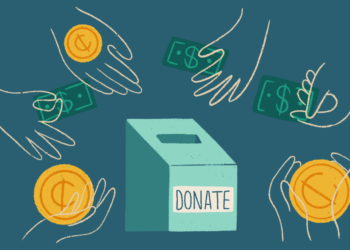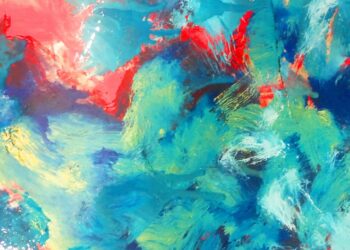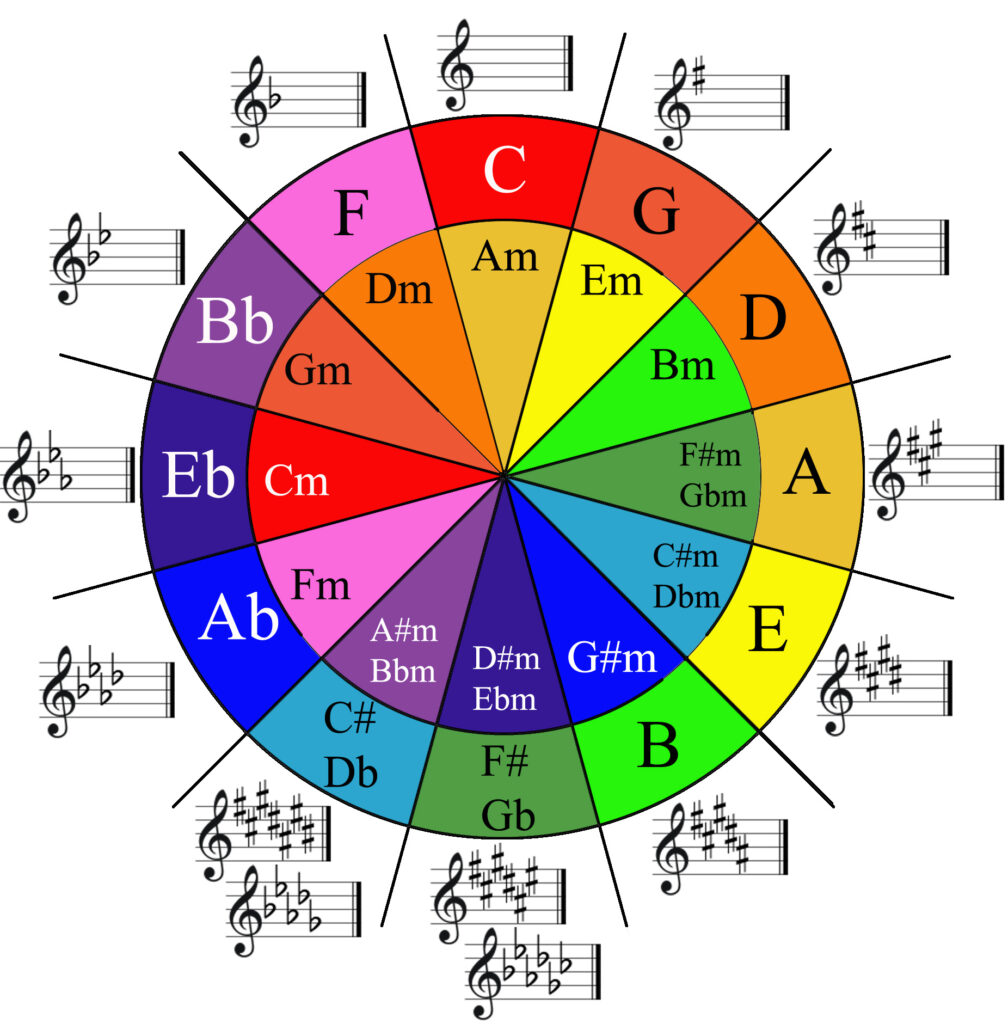I am currently in the phase of looking for money for my ProWorks project and I thought it would be a great idea to share what I have learned so far in preparation of the campaign launch (which is coming in about 1-2 weeks after this post). This is no easy task- fundraising will eat away at your time due to having to promote yourself so heavily in order to attract investors. Here are the general steps that you can take, as well as tips for each of them.
- To get investments, you need to have an established platform
Here is the biggest reason why so many campaigns fail- the authors did not have a platform large enough to attract sufficient investments. Now, I’m not saying the only way is to be an influential figure online- you can play it smart. If you have no following of your own, why not borrow someone else’s? Here in thinking of platforms that promote campaigns, as well as people that you might possibly have in your professional/friend network. Do you know anyone who has a big platform? Or who knows other big online personalities? It’s very important to think about these things years ahead- you need to have already formed friendships with “important” people in order to have the necessary support- and not have to pay for promotion. Other than that- I would definitely mix in a little bit of a paid promotion type of deal. Find Instagram pages that have a large following and a lot of engagement from followers. Make sure they are relevant to your project. There are probably a lot of accounts dedicated only to promotion of fundraising campaigns, and I’m sure some of them also have a specific niche they want to stay within.
2. Choose the right platform for you
There are many platforms out there, but I would suggest sticking to those that are the most popular, as they will have the biggest number of visitors, thus increasing your chances of being seen. I would say in most cases it’s enough to be on just one platform. The most popular ones are KickStarter, IndieGoGo and GoFundMe. Now, you might have to compromise and pick a platform based on which countries they support. Unfortunately, most of the platforms don’t support my country of origin (Bosnia), but luckily my project partner is Austrian, so we decided to open a KickStarter Campaign through her. Pick a platform based on the type of project you are fundraising for. Kickstarter is best overall, for almost any type of campaign, which IndieGoGo is best for independent project and GoFundMe is for personal fundraising (e.g. emergency surgeries, college fund, etc).
3. Most importantly- make sure your project is interesting/good enough to warrant investments
The hard truth is that you can have all of the above, but if your idea is bad, nothing will help! So be honest with yourself and try to gauge how useful/creative/interesting the project is. Ask everyone you know to give you honest opinions and conduct anonymous questionnaires online to get aa better idea how much success the project could potentially result in.
4. Bonus tip- create a Ko-Fi account
This is not necessarily tied to fundraising for a specific project, but rather just a platform where people can either donate to you one time or subscribe. Ko-Fi is always good to have, in order to collect some small amount of funds over time and being able to use then as extra investment money for one of your future projects.





